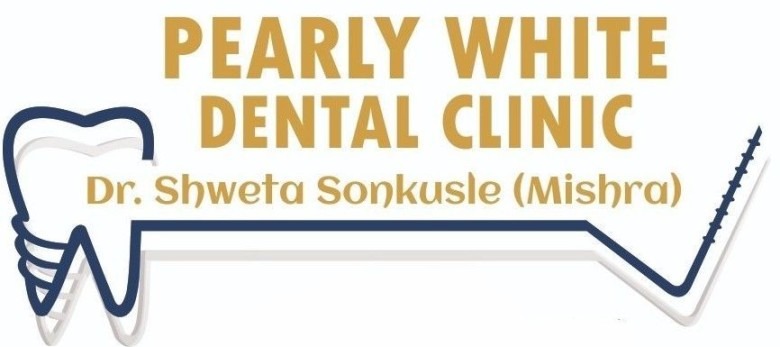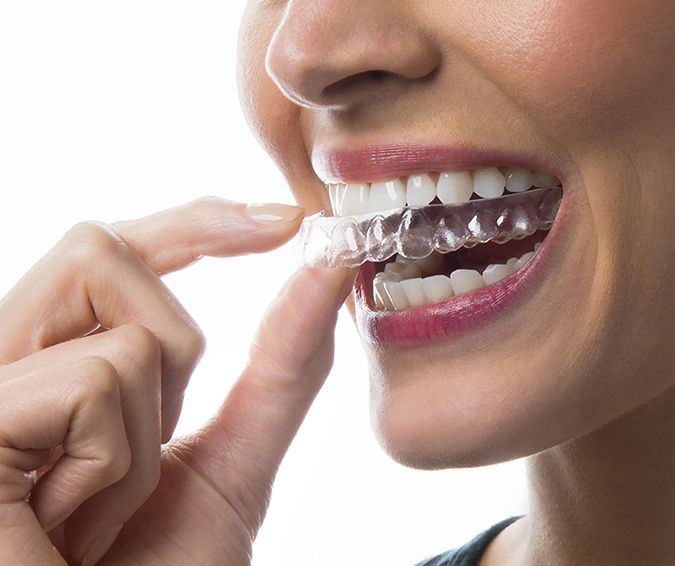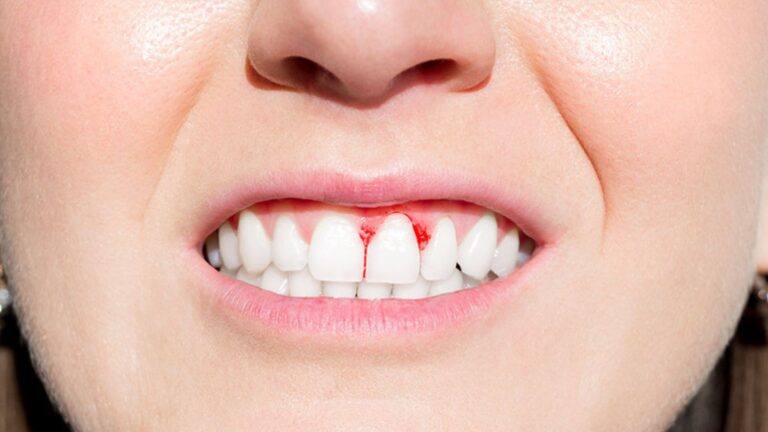Book Appointment Now

Root Coverage Procedures: A Modern Approach to Gum Recession
Gum recession is a common dental issue that often goes unnoticed until it becomes severe. When gums recede, the root surface of the tooth is exposed, leading to increased sensitivity, aesthetic concerns, and a higher risk of tooth decay. One of the most advanced solutions to this problem is a root coverage procedure, designed to restore gum tissue over exposed roots. While many dental professionals discuss gum recession in general terms, here’s a fresh look at the nuances of root coverage procedures and their transformative impact on oral health.
Understanding Gum Recession
Gum recession occurs when the gum tissue surrounding the teeth pulls away, exposing the tooth’s root. This can be caused by a variety of factors, including:
- Aggressive Brushing: Using too much force while brushing can wear down the gum line.
- Periodontal Disease: Bacterial infections can destroy gum tissue and supporting bone.
- Genetic Predisposition: Some individuals are simply more prone to gum recession due to genetic factors.
- Orthodontic Movement: Rapid movement of teeth during orthodontic treatments can lead to receding gums.
- Poor Oral Hygiene: Plaque buildup and gum inflammation can contribute to tissue loss.
Once gum recession has occurred, it rarely reverses on its own. Root coverage procedures are the gold standard to address the issue, protecting both the teeth and the patient’s long-term oral health.
The Evolution of Root Coverage Procedures
Modern dentistry has revolutionized the way root coverage procedures are performed. What was once a complex, invasive process has now evolved into a series of minimally invasive treatments. At the forefront of periodontal care, the focus is on not only covering the exposed root but also on preserving and enhancing the surrounding tissue.
1. Connective Tissue Grafts (CTG)
This is the most widely used technique for root coverage. A small amount of tissue is taken from the roof of the patient’s mouth and placed over the exposed roots. The procedure stimulates the growth of new gum tissue and ensures a stable, long-lasting outcome.
What’s New: Advanced suturing techniques and biocompatible materials have improved healing times and reduced post-operative discomfort. Dentists now also use platelet-rich fibrin (PRF), which enhances healing by promoting tissue regeneration.
2. Allografts and Xenografts
For patients who wish to avoid tissue harvesting from their own mouth, allografts (donor tissue) or xenografts (animal tissue) are available. These materials integrate with the patient’s natural gum tissue, promoting healing and root coverage without the need for a second surgical site.
What’s New: Cutting-edge research into biomaterials has produced highly reliable alternatives, reducing the risk of infection or rejection. Additionally, growth factors can be applied to allografts, enhancing tissue regeneration and increasing success rates.
3. Tunneling Technique
A more recent advancement in root coverage is the tunneling technique. Instead of lifting a large flap of gum tissue, the dentist creates a tunnel under the gum line. The graft material is then inserted into this tunnel, covering the exposed roots without visible incisions.
What’s New: The tunneling technique is less invasive than traditional methods, allowing for faster healing and minimal scarring. This approach also leads to better aesthetic outcomes, as it preserves more of the natural gum tissue and contours.
Personalized Root Coverage: A Patient-Centered Approach
Every case of gum recession is unique, and a one-size-fits-all approach no longer applies in modern periodontal care. Personalized treatment plans are now the standard, factoring in:
- Gum Type: The thickness of the patient’s existing gum tissue influences which method is most effective.
- Extent of Recession: In cases of mild recession, non-surgical treatments such as scaling and root planing may be enough. For more severe cases, surgery is recommended.
- Patient Preferences: Whether the patient prefers their own tissue or an allograft, the procedure can be tailored accordingly.
- Post-Surgical Aesthetics: Root coverage is no longer just about functional repair; ensuring the gum line looks natural is a top priority.
Benefits of Root Coverage Procedures
- Reduced Sensitivity: Exposed roots can be incredibly sensitive to hot and cold foods. Covering the roots provides instant relief from discomfort.
- Enhanced Aesthetics: Receding gums can make teeth look longer and aged. A root coverage procedure restores a youthful, healthy smile.
- Prevention of Further Recession: Once the root is covered, it becomes much harder for bacteria and plaque to attack the exposed area, protecting the tooth from decay and further tissue loss.
- Long-Term Stability: Root coverage not only restores gum tissue but also ensures that the tooth remains securely anchored in the jaw, preventing future bone loss and potential tooth loss.
Aftercare: Ensuring Lasting Results
While root coverage procedures are highly effective, their success relies on careful aftercare. Patients are advised to:
- Follow a Soft Diet: Eating soft foods for the first few weeks post-surgery reduces the risk of irritating the surgical site.
- Use Specialized Mouth Rinses: Antimicrobial mouthwashes help reduce the risk of infection and ensure a smooth healing process.
- Gentle Oral Hygiene: Switching to a soft-bristled toothbrush and avoiding aggressive brushing techniques is crucial to prevent future recession.
Future Directions in Root Coverage
The future of root coverage lies in regenerative medicine and *biotechnology. Researchers are exploring the use of stem cells to grow new gum tissue, making procedures even less invasive and more effective. Additionally, advancements in *laser dentistry are showing promise for minimizing trauma during grafting procedures, leading to faster recovery times and improved outcomes.
Conclusion
Root coverage procedures have come a long way, from invasive surgeries to minimally invasive, highly personalized treatments. With advancements in biomaterials, regenerative techniques, and patient-specific care, these procedures not only address the functional concerns of gum recession but also enhance the overall aesthetic and long-term health of the patient’s smile.
At Pearly White Dental and Implant Clinic, we specialize in advanced root coverage techniques to provide our patients with the highest level of care. If you’re experiencing gum recession or root sensitivity, contact us today to explore the best treatment options tailored to your needs. Let’s restore your smile and protect your oral health for the future!



